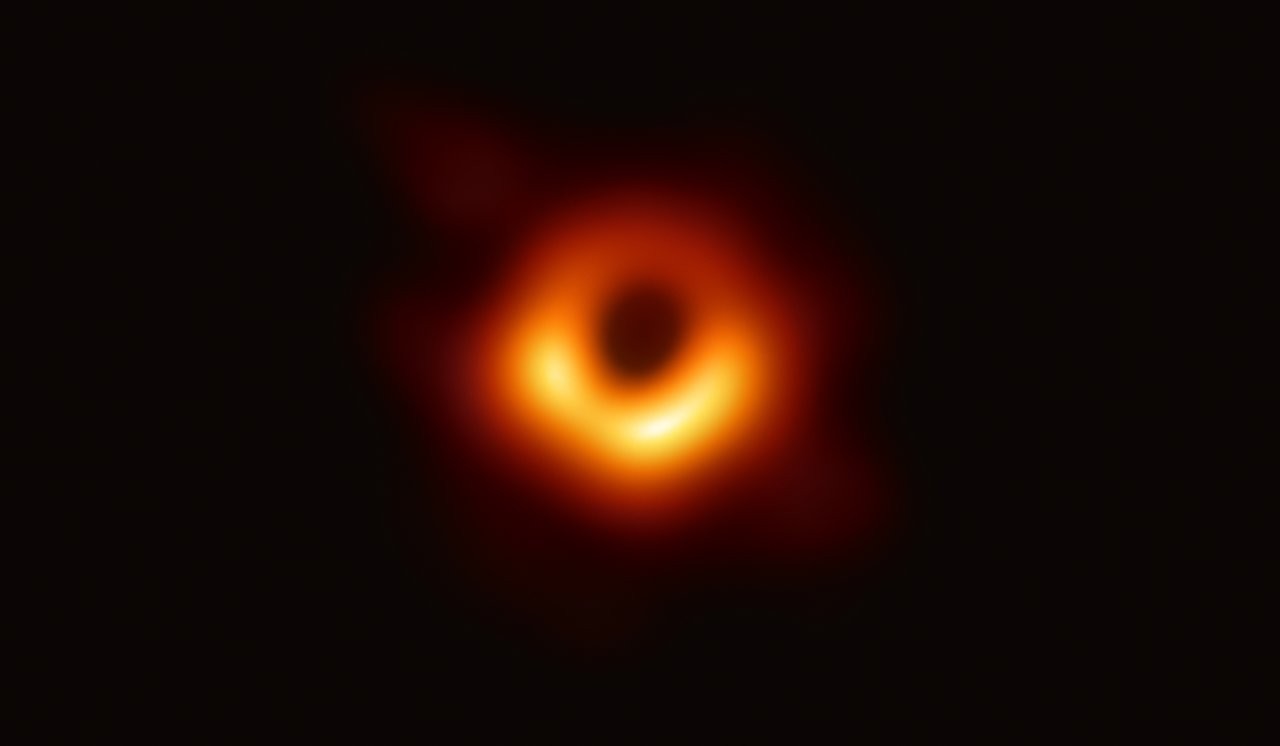The question of whether light travels forever is a fascinating one. To understand it, let’s first consider why sound doesn’t travel indefinitely. Sound requires a medium, like air or water, to propagate. As sound waves travel through these mediums, energy is lost due to heat and other factors, causing the wave to diminish until it disappears.
Light, however, is different. Light waves can travel through a vacuum, meaning they don’t need a medium to propagate. In empty space, light doesn’t lose energy or decrease in intensity simply due to travel. This is why we can see light from distant stars that has traveled billions of light-years to reach Earth.
Alt text: A breathtaking image of distant galaxies radiating light through the cosmos, illustrating the vast distances light can travel.
However, light can also travel through materials like glass or water. In these cases, some light is absorbed and converted into heat, similar to sound. Therefore, underwater or in the atmosphere, light can only travel a finite distance, depending on the properties of the medium. The clearer the medium, the farther the light will travel.
Alt text: Sunlight streams through clear ocean water, demonstrating how light interacts with and is affected by a transparent medium.
There’s another factor to consider: the propagation of waves from a source. As a wave travels outward, it spreads in all directions, essentially filling a sphere. The surface area of this sphere increases with the square of the distance (R) from the source. Because the wave’s energy is distributed across this increasing area, its intensity decreases by a factor of R squared. This means that the light or sound source will appear dimmer the farther away we are, because our eyes only capture a small fraction of the total light emitted.
 Illustration depicting light spreading outwards from a source in a spherical pattern
Illustration depicting light spreading outwards from a source in a spherical pattern
Alt text: An illustration showing light spreading outward spherically from its source, highlighting how intensity diminishes with distance.
Imagine light from a distant star traveling outward in a gigantic sphere. Only a tiny portion of that light reaches our eyes, which is why stars don’t blind us, even though they emit tremendous amounts of energy. The farther the light travels, the more spread out it becomes. So, while light can theoretically travel forever in a vacuum, its intensity diminishes with distance, which is why extremely distant objects appear very dim.
In conclusion, light can travel indefinitely through a vacuum, but its intensity decreases as it spreads out. The question “Does Light Travel Forever?” is nuanced, depending on the medium and the distance.
